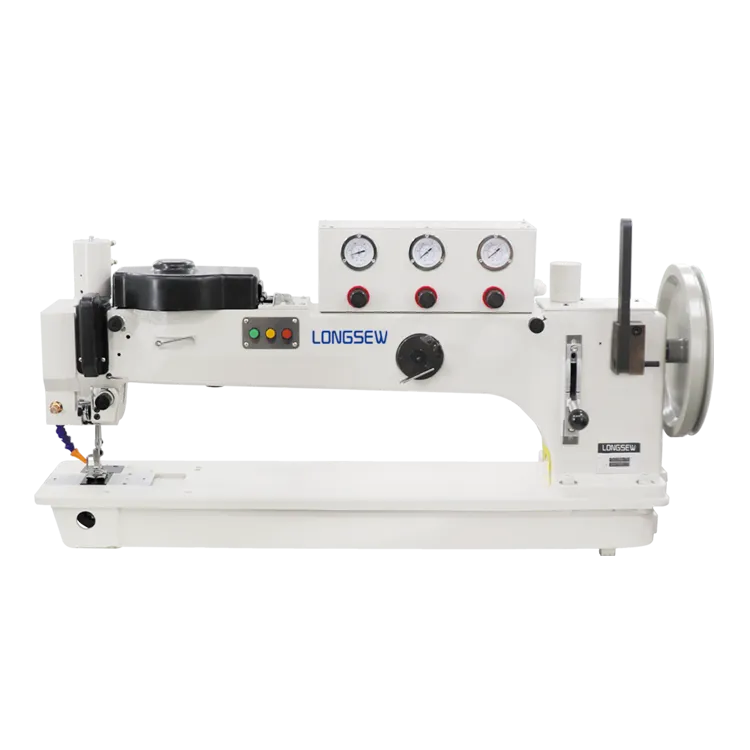Jute Bag Sewing Machine for Efficient and Durable Bag Production
The Importance of Jute Bag Stitching Machines in Sustainable Packaging
As the world becomes increasingly aware of environmental issues, the demand for sustainable and eco-friendly packaging solutions continues to rise. One of the most promising alternatives to plastic packaging is jute bags. Known for their durability, biodegradability, and versatility, jute bags are making waves in various industries. However, the production of these bags requires efficient manufacturing processes, and this is where jute bag stitching machines play a critical role.
Jute is a natural fiber derived from the jute plant, primarily grown in regions like India, Bangladesh, and Nepal. It is often referred to as the golden fiber due to its natural luster and economic value. Jute bags can be used for shopping, packaging food items, and even as promotional gifts. As businesses shift to sustainable practices, the need for high-quality jute bags has skyrocketed, leading to a corresponding rise in the demand for jute bag stitching machines.
Efficiency in Production
The jute bag stitching machine is engineered to efficiently sew jute fabric into various bag forms. These machines come equipped with advanced features that allow for high-speed stitching, which significantly boosts production rates. With the capacity to output thousands of bags per day, manufacturers can meet large orders quickly, a crucial factor in today’s fast-paced market. Additionally, these machines are designed for versatility, enabling them to produce jute bags in various sizes and styles, from simple shopping bags to intricately designed promotional totes.
Enhanced Quality Control
With the manual stitching process, inconsistencies in stitching quality can lead to product failures and customer dissatisfaction. Jute bag stitching machines minimize this risk by ensuring uniformity in stitches, which not only enhances the aesthetic appeal of the bags but also increases their strength and durability. By investing in high-quality stitching machines, manufacturers can better adhere to international quality standards, making their products more competitive in the global market.
jute bag stitching machine

Cost-Effectiveness
While the initial investment in jute bag stitching machines may be significant, the long-term savings are considerable. Automated machines reduce labor costs, as fewer workers are needed to operate them compared to traditional hand-stitching methods. Furthermore, the increase in production efficiency means that manufacturers can produce more bags in less time, leading to increased revenues. The reliability and durability of the machines reduce the frequency of maintenance and repairs, leading to lower operational costs over time.
Sustainability and Environmental Impact
One of the chief advantages of jute bag stitching machines is their contribution to sustainability. By automating the production of jute bags, companies can significantly reduce their carbon footprint. Jute itself is a renewable resource that absorbs carbon dioxide during its growth cycle. The use of jute bags helps to reduce reliance on plastic, promoting a cleaner and healthier environment. Furthermore, the biodegradability of jute means that once these bags reach the end of their life cycle, they do not contribute to landfill waste.
The Future of Jute Bag Production
As consumer preferences continue to lean towards sustainable products, the market for jute bags is likely to grow exponentially. This creates significant opportunities for manufacturers who adopt modern technologies and efficient production methods. Jute bag stitching machines will continue to evolve, incorporating innovations such as computerized control systems, which will allow for even greater customization and efficiency.
In conclusion, jute bag stitching machines are an essential component of the sustainable packaging revolution. They enhance production efficiency, improve quality control, reduce costs, and contribute to environmental sustainability. As the world seeks viable alternatives to plastic, the role of these machines in the production of jute bags will only become more significant. Investing in jute bag stitching technology not only meets the rising demand for eco-friendly packaging but also aligns businesses with the global movement towards sustainability.
-
Zigzag Sewing MachineNewsMay.12,2025
-
Single Needle Sewing MachineNewsMay.12,2025
-
Overlock Sewing Machine PriceNewsMay.12,2025
-
Heavy Duty Industrial Sewing MachineNewsMay.12,2025
-
FIBC Sewing MachineNewsMay.12,2025
-
Cylinder Bed Sewing MachineNewsMay.12,2025
-
Revolutionizing Sewing with CNC TechnologyNewsMar.28,2025





























